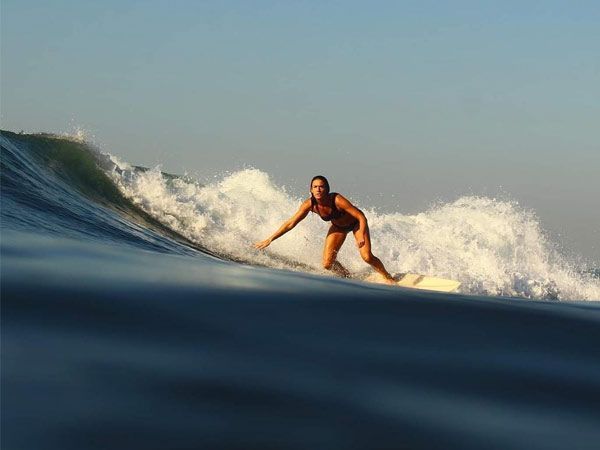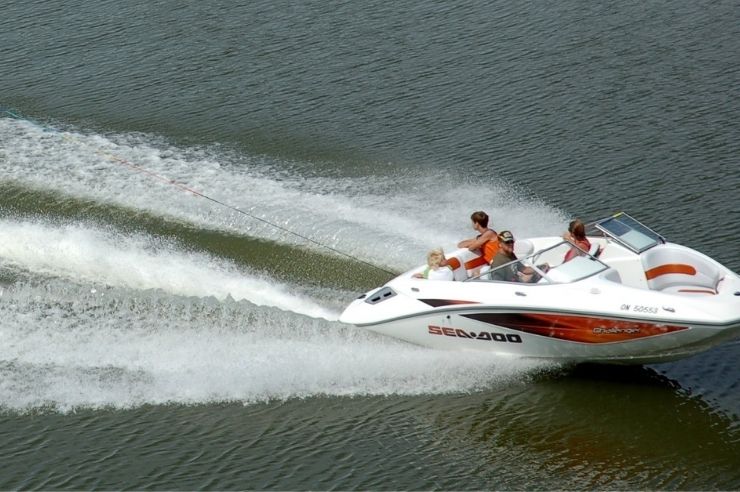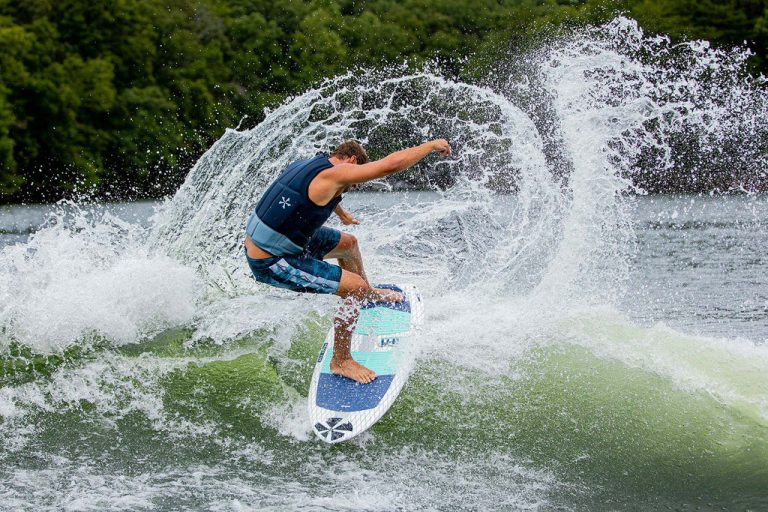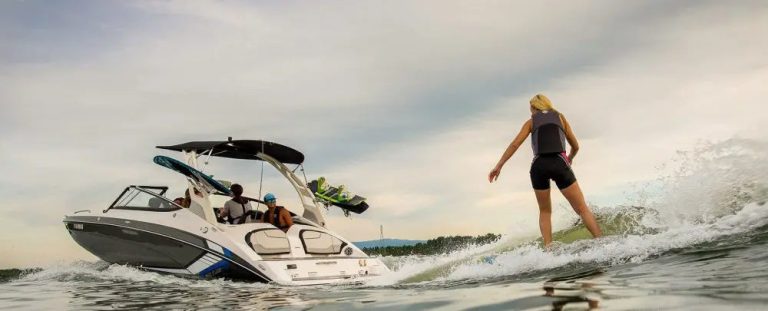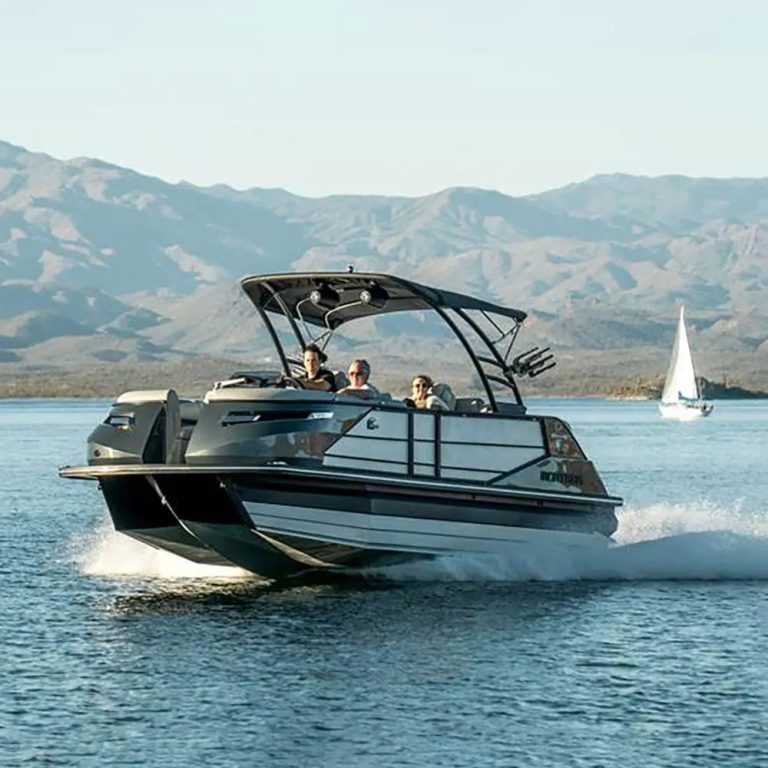Is Wake Surfing Real Surfing? Unraveling The Truth!
Yes, wake surfing is similar to real surfing but has its own unique characteristics. Wake surfing involves surfing the wave created by a boat, whereas real surfing involves riding natural waves in the ocean.
However, wake surfing still requires balance, technique, and skill to ride the wave and perform tricks. Wake surfing has become increasingly popular in the past decade, with more people trying the sport and companies creating new wake surfing boards and boats.
Wake surfing allows people to surf on calm waters and in controlled environments, making it more accessible to those who may not have access to natural waves. However, there are still debates on whether wake surfing can truly be considered a form of “real” surfing due to its differences in wave type and origin. Despite this, wake surfing has created its own unique community and culture within the surfing world.
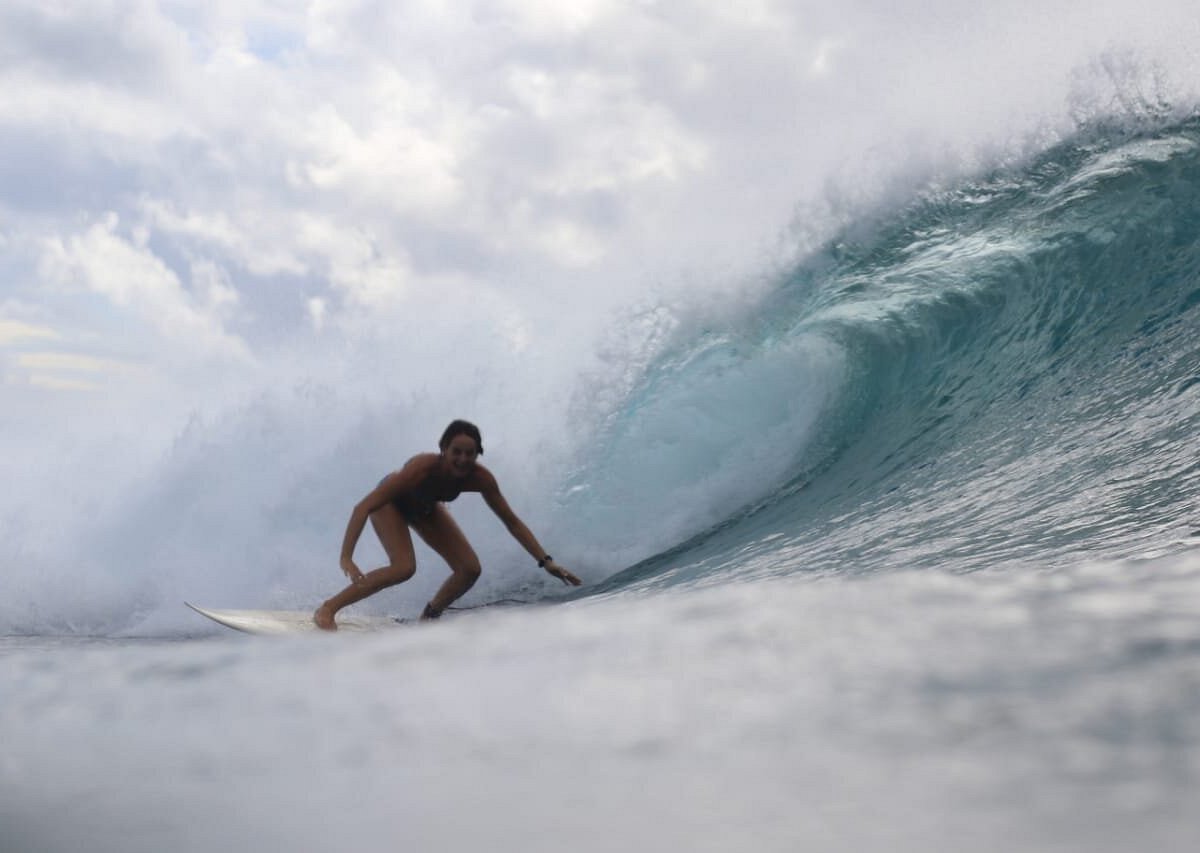
Credit: www.tripadvisor.com
Understanding The Difference Between Surfing And Wake Surfing
Surfing is a water sport that involves riding waves with a surfboard. Wake surfing, on the other hand, involves riding the wake behind a boat using a special board. Surfing has a rich history dating back to ancient cultures like the polynesians.
Wake surfing, however, is a relatively new sport that originated in the 1950s. As surfing evolved, wake surfing also gained popularity as a fun alternative to traditional surfing. Although both sports involve riding waves, surfing and wake surfing have some significant differences that set them apart.
While surfing requires strong waves to ride, wake surfing can be done on calmer waters.
The Debate: Is Wake Surfing Real Surfing?
Wake surfing has been the source of debate for the surfing community for a long time. Some argue that it is a legitimate form of surfing as it requires balance, agility, and skill. Wake surfers use boards and techniques that are similar to traditional surfing.
However, others disagree, claiming that wake surfing lacks the authenticity and challenge of traditional surfing, which struggles with the speed and unpredictability of ocean waves. While there are similarities in terms of skills and technique, the two sports differ in the types of boards and equipment used.
Ultimately, the debate boils down to personal opinion and preference. Some surfers may enjoy the excitement and challenge of traditional surfing, while others may find the controlled environment of wake surfing more appealing.
The Science Behind Surfing And Wake Surfing
Surfing and wake surfing are both enjoyable water sports that require mastering a set of physical and technological skills. The waves have the power to generate massive kinetic energy that needs to be tamed and utilized by the surfer to ride the water.
Wake surfing, on the other hand, is initiated by a boat, creating a perfect and continuous wave to surf on. The physics and mechanics behind both sports differ significantly, mainly when it comes to wave formation. Surfing relies on the natural waves’ irregularity while wake surfing’s design is intentional and uniform.
Nevertheless, both sports require balance, coordination, and quick reflexes to ensure a successful ride. Overall, while both surfing and wake surfing are thrilling and entertaining, the science behind each sport sets them apart in many notable ways.
Cultural And Environmental Impact Of Surfing Vs Wake Surfing
Surfing has been a cultural icon for decades, with influences in art, music, and fashion. It is often associated with preserving natural environments and the protection of marine life. Wake surfing, however, is a newer water sport that has raised concerns about its impact on the bodies of water, wildlife, and nearby communities.
The use of motorized boats to create waves can lead to erosion, water pollution, and disturbance of marine habitats. While wake surfing can still be a fun and thrilling activity, it is important to be mindful of its potential environmental impact.
As we continue to explore and enjoy our natural surroundings, it is crucial to do so responsibly and with respect for the ecosystems that support us.
Frequently Asked Questions On Is Wake Surfing Like Real Surfing?
How Does Wake Surfing Compare To Real Surfing?
Wake surfing and real surfing are similar but distinctly different in terms of the waves and equipment.
Is Wake Surfing Easier Than Real Surfing?
Wake surfing is easier to learn than real surfing for beginners, but real surfing has a steeper learning curve.
What Are The Necessary Equipment For Wake Surfing?
Necessary equipment for wake surfing includes a surfboard, rope, life vest, and a boat with a wake surf attachment.
Can You Get Hurt Wake Surfing?
Yes, wake surfing can be dangerous and lead to injuries such as concussions, broken bones, and even death.
What Are The Benefits Of Wake Surfing?
Wake surfing provides a full-body workout, improves balance, and allows for a fun social activity with friends and family.
What Are The Different Types Of Wake Surfing Tricks?
Types of wake surfing tricks include airs, spins, shuvits, and 360s, just like in real surfing.
What Makes Wake Surfing A Unique Experience?
Wake surfing combines the thrill of surfing with the relaxation of boating, creating a unique and exciting outdoor activity.
Conclusion
Surfing is a sport that has evolved over time. Gone are the days of waiting for the perfect wave and paddling out to catch it. Wake surfing is a new twist on the traditional sport. It offers a thrilling experience for those who want to try something different.
Both sports have their own unique aspects, with wake surfing being more controlled and predictable. However, some surfers argue that the true essence of surfing is lost in wake surfing. It may not be the same as catching a wave in the ocean, but wake surfing offers its own unique experience.
At the end of the day, whether wake surfing is like real surfing or not is up to individual interpretation. Ultimately, it’s all about having fun and enjoying the rush of adrenaline. Whether you’re carving up waves in the ocean or cruising behind a boat, the thrill of the sport is undeniable.
